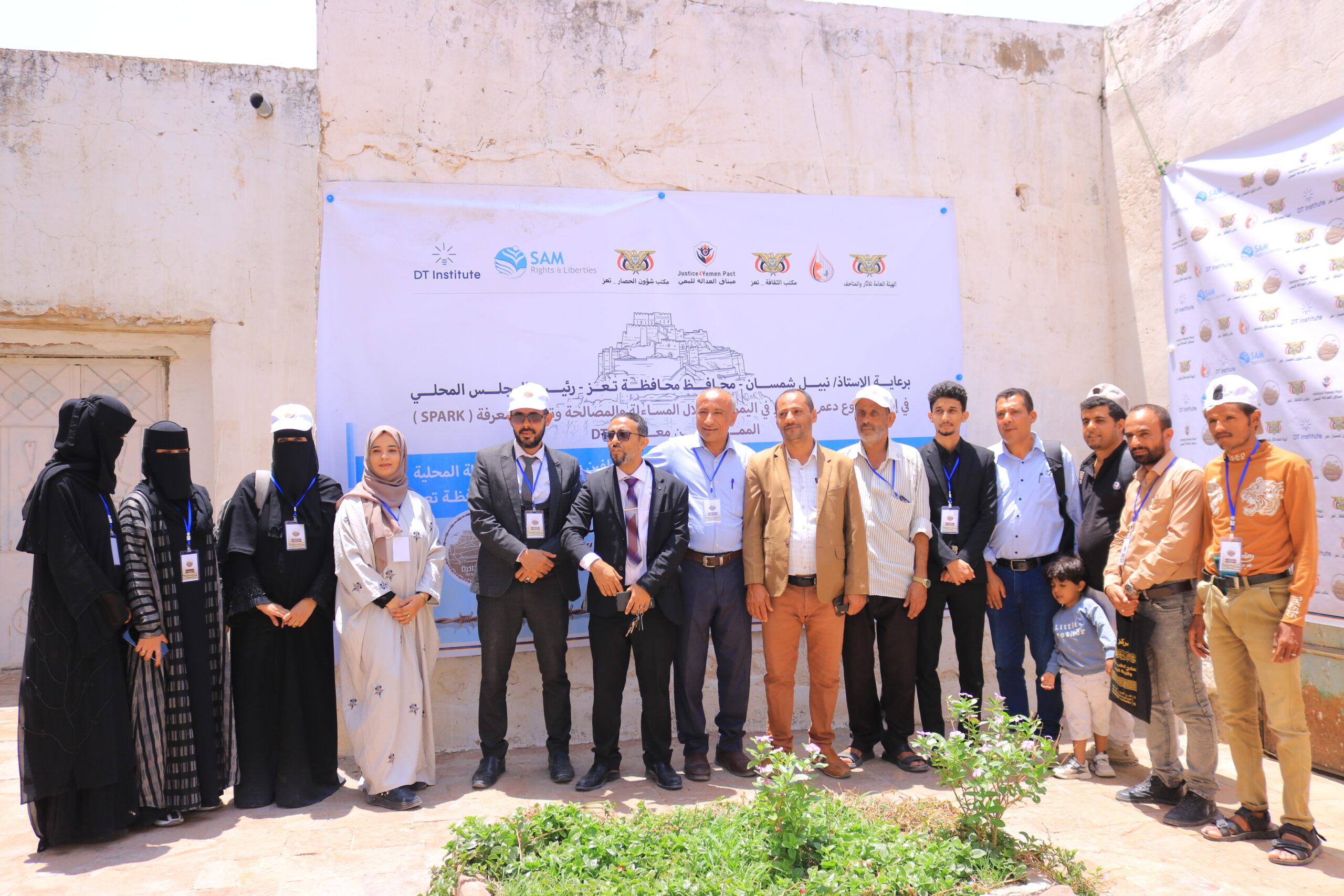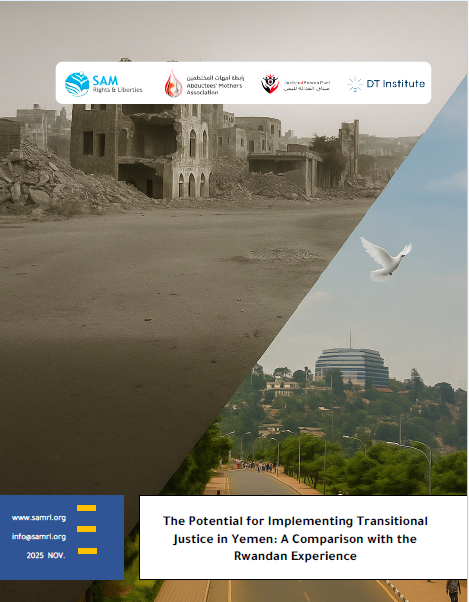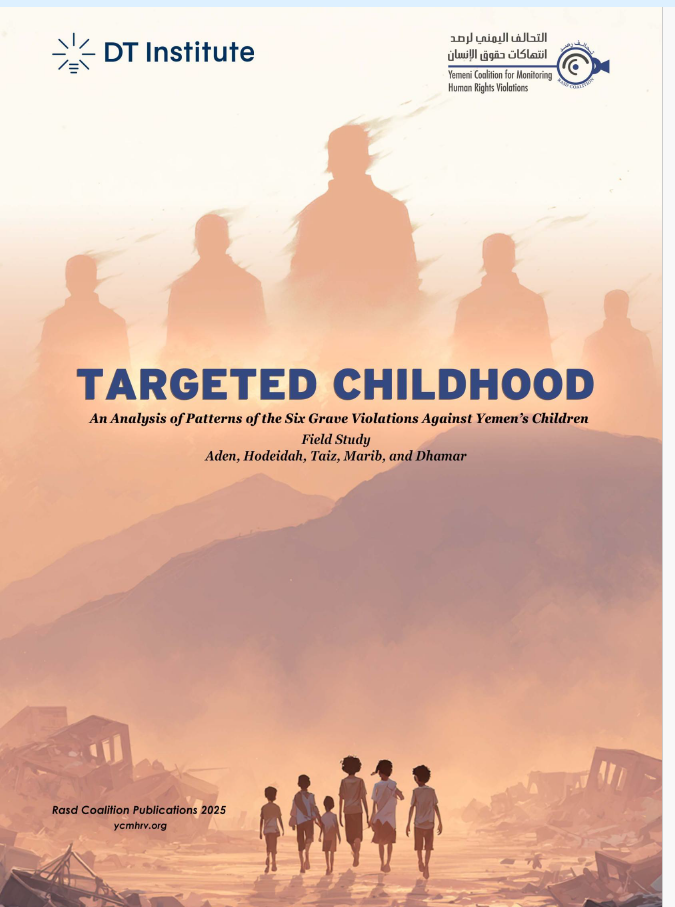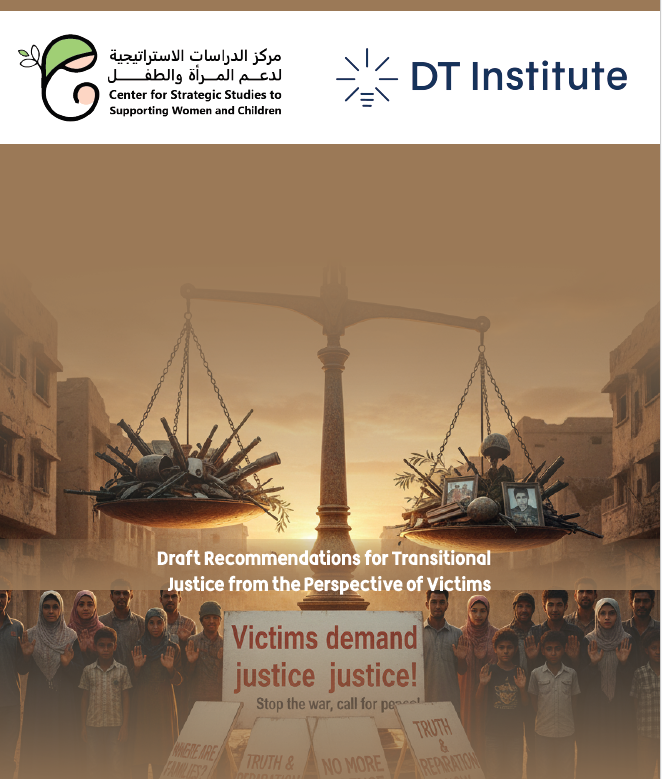Introduction
Youth are a vital force in promoting transitional justice, turning concepts into tangible community action. Under the Supporting Peace and Accountability through Reconciliation and Knowledge (SPARK )project in Yemen, trained youth played a central role in implementing activities, fostering reconciliation, and preserving collective memory. By translating their training into practice, they demonstrated that young people are not just beneficiaries — they are genuine partners in driving social change.
Youth Participation in Project Activities
Through a two-month interactive online training program, over 150 youth activists and civil society workers received specialized instruction on transitional justice mechanisms, restorative justice, reconciliation, and reparations. The program contained ten training modules, case studies, exercises, videos, and intellectual discussions, encouraging active participation and critical thinking.
Trained youth applied this knowledge practically, contributing to activities in documentation, awareness-raising, reconciliation, and memory preservation. Their enthusiasm and commitment made them key drivers of the project’s impact and sustainability.
Designing and Implementing the Memory MuseumOne highlight of youth engagement was their contribution to the Memory Museum — a platform that commemorated victims’ stories and documented the community’s suffering during the siege. Youth volunteers organized and led activities, including the Tanker Massacre Initiative and its listening sessions, handling documentation, field awareness, social media engagement, and community outreach.
This active participation ensured that project outputs were grounded in community needs while promoting a culture of justice, reconciliation, and historical memory.
Success Story: Turan – From Trainee to Youth Leader
Training as a Catalyst
Turan participated in SPARK’s transitional justice program, which became a turning point in his life. Motivated by his training, he volunteered for project activities, believing in his potential to drive change.
From Participation to Initiative Creation
Turan engaged fully in training sessions and project activities, proposing practical youth-led initiatives. Inspired by lessons in reconciliation and memory preservation, he contributed to the idea of the Memory Museum, aiming to document the siege and reflect community suffering through artistic and educational means.
Turan emphasized:
“The training influenced the Memory Museum’s design — ensuring victims’ stories were presented with dignity, without causing further harm, focusing on truth, reconciliation, and preventing recurrence.”
From Volunteer to Leader
Turan evolved into a volunteer leader, guiding a team of 38 youth across committees for media, operations, communication, and reception. His vision expanded the museum’s role beyond an exhibition into a platform for expressing community experiences, using art as a tool for humanitarian documentation and advocacy.
The museum became a collective memory mechanism, preserving narrativs of suffering and fostering reconciliation. Turan also contributed to the Tanker Massacre Initiative, supporting documentation and storytelling efforts, reinforcing the importance of youth-led memory preservation as part of transitional justice.
Turan reflected:
“The Memory Museum was a social and political act, acknowledging victims’ pain and challenging denial. It preserves the truth and serves as a permanent reminder of the cost of violence for future generations.”
Vision for Future Youth-Led Projects
Turan advocates for future projects that support youth-led initiatives alongside reconciliation and fact-finding committees. He emphasizes involving youth as decision-makers, building technological and digital skills for safe documentation, digital advocacy, memory mapping, and artistic storytelling, ensuring projects respond to community needs while empowering young leaders.
Lessons Learned
- Empowering youth with knowledge and skills transforms them into agents of social change.
- Transitional justice can be advanced through artistic, educational, and community engagement — not just legal mechanisms.
- Youth participation in documentation and memory-building fosters intergenerational connection, belonging, and responsibility.
Recommendations
- Expand youth training programs on transitional justice and integrate them with artistic and community applications.
- Provide institutional support for youth initiatives in documenting collective memory.
- Strengthen partnerships between cultural and rights organizations to empower youth as peacebuilders.
- Incorporate project volunteers into sustainable local initiatives to ensure lasting impact beyond external support.
Turan’s story and the SPARK project demonstrate that investing in youth produces leaders who believe in peace and justice, transforms knowledge into action, and builds collective memory that contributes to reconciliation and a better future.





